ClimateMaster News
The most educational residential HVAC blog in the country, providing, HVAC systems articles and videos, as well as information on geothermal systems.
DIY Geothermal Cooling Installation
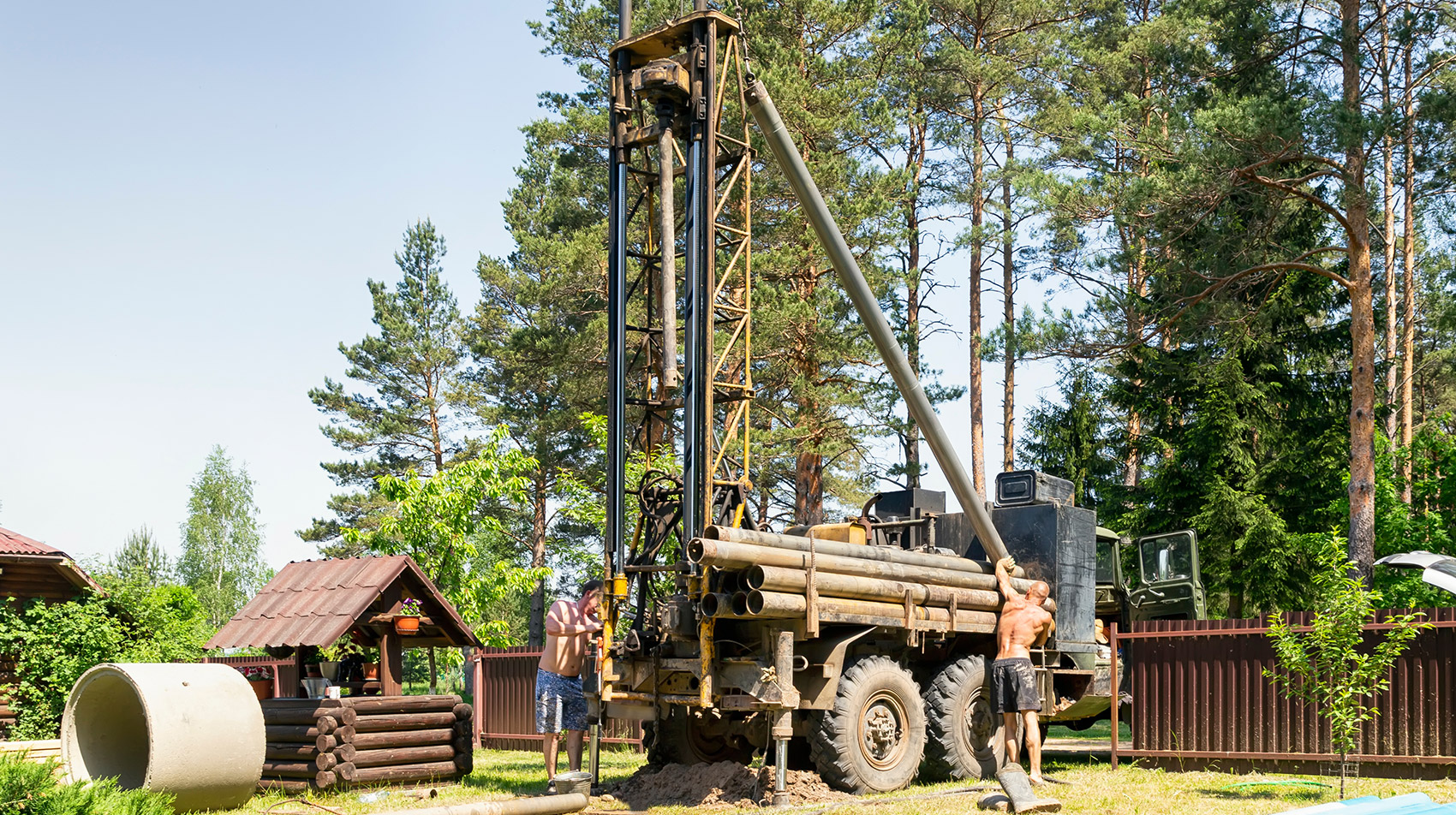
Published By: Joe Parsons
What is DIY Geothermal and can I do this myself?
Using a looped pipe, geothermal systems can mobilize the temperature of the earth to circulate both heating and cooling into any home.
National Geographic explains, “The pipes that make up an earth loop are usually made of polyethylene and can be buried under the ground horizontally or vertically, depending on the characteristics of the site. If an aquifer is available, engineers may prefer to design an ‘open loop’ system, in which a well is drilled into the underground water. Water is pumped up, run past a heat exchanger, and then the water is returned to the same aquifer, through ‘reinjection.’”
This cycle repeats until your home reaches a desired temperature, and the advantages of literally pumping heat out of the house or into the house from the earth itself are not only eco-friendly but pay off in lower costs for heating and cooling alike.
But can you do the installation yourself? For avid DIYers, it’s pretty tempting to try. If you feel up to the task, we’ll go over the steps in this article, but if you’re intimidated by a complicated process, this one may be better left to the experts.
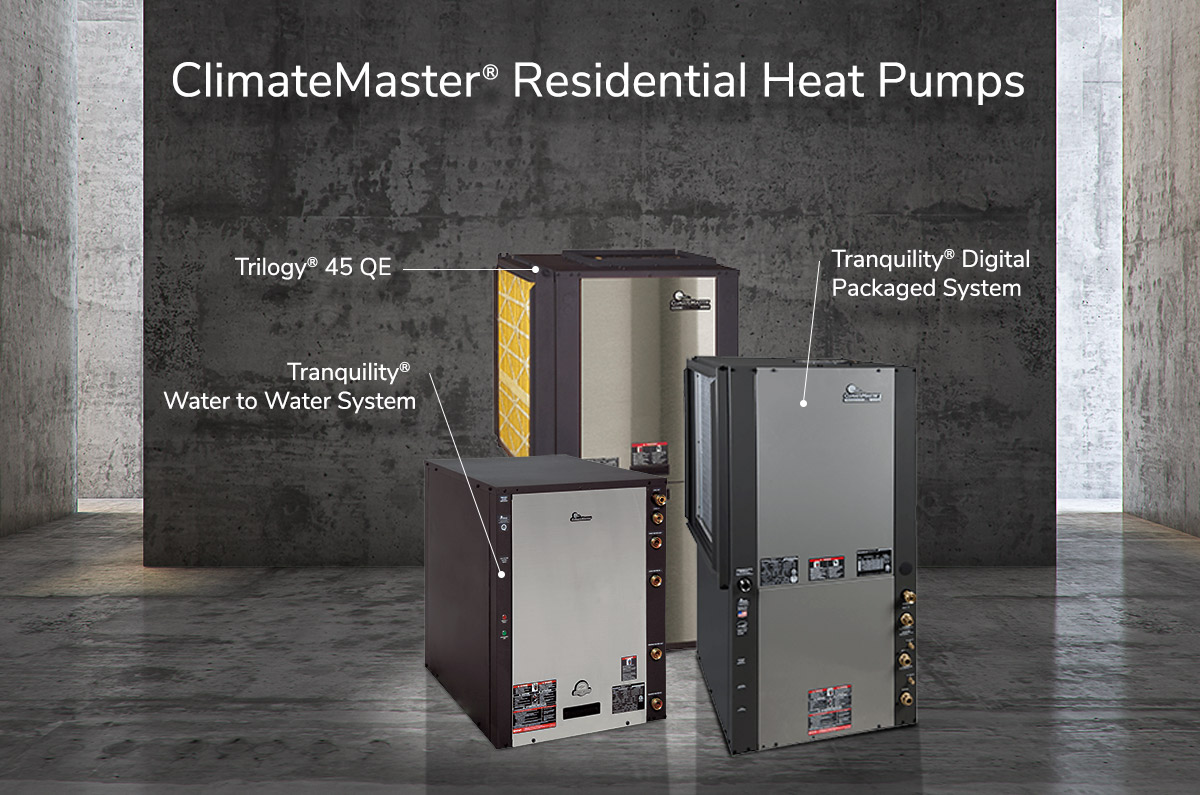
The Geothermal Heat Pump
Sizing your system is the first step in the process. The DIYer should know their calculations and heat pump size before beginning the process. ClimateMaster™ is the number one choice for homowners as the leading manufacturer of geothermal and water-source heat pumps, which are considered to be the most energy efficient and environmentally friendly type of heating and cooling systems available on the market today.
Sizing a heat pump is done the same way you size a furnace. A heat calculation is done to determine what the peek amount of heating and cooling will be required during the coldest and hottest average days. This is known as the heat demand and is rated in BTU or KW and also referred to as Tons. A four-ton heat pump is capable of producing 48,000 BTU or 14 Kw of energy. A residential heat pump generally is sized from 2–5 tons and will depend on the house’s square footage, location, amount of insulation, windows, and many other variables. Most modern houses are built to the same standards and as such choosing the correct size of heat pump can be done based on the square footage and your geographic location.
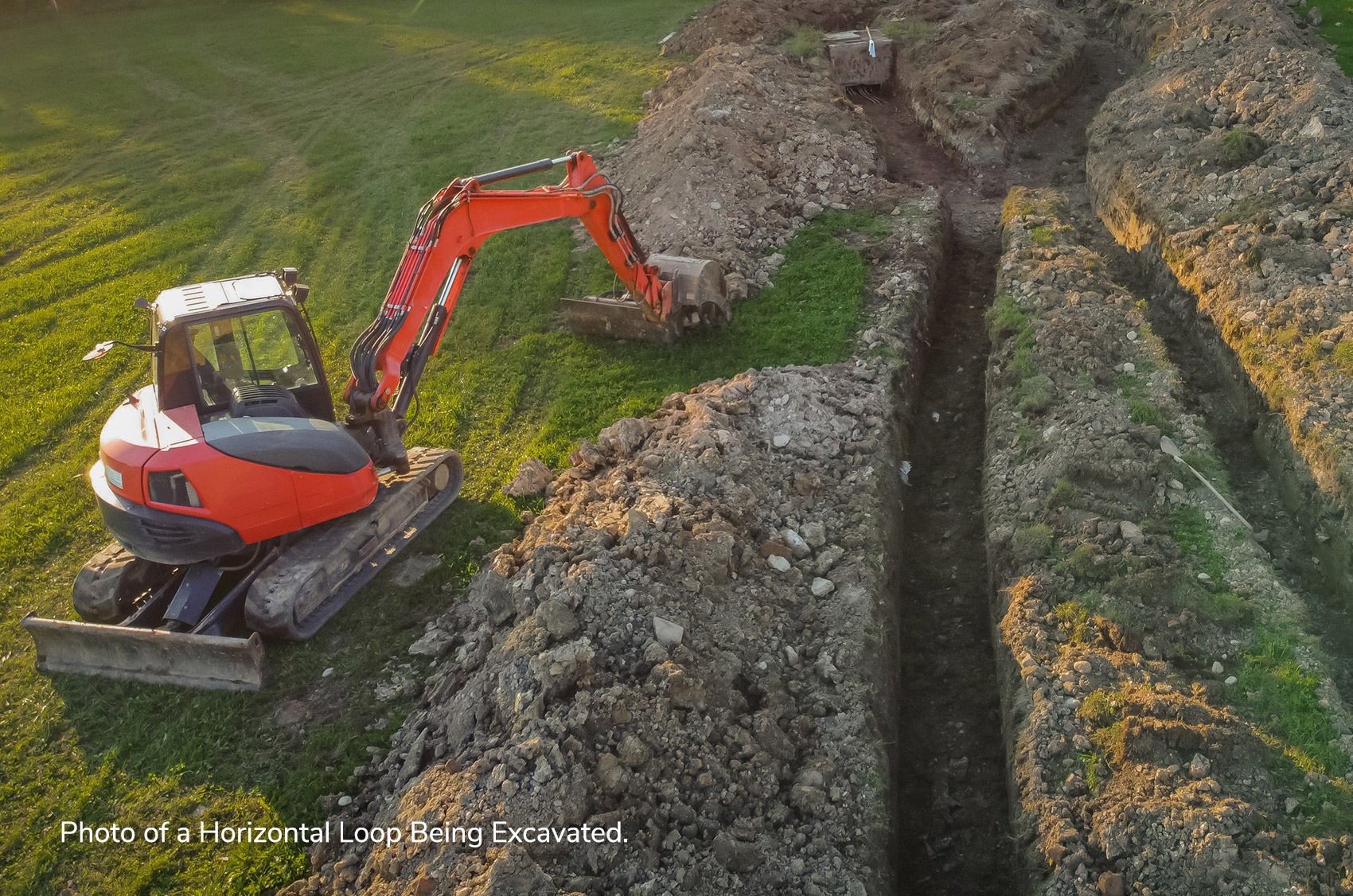
Burying the Pipe
Digging a horizontal trench is something a homeowner can do using their own excavator or renting one. However, the trench needs to be deep enough and the correct length to work properly. The choice of layout will also depend on the amount of land available. A slinky loop is a very popular means of pipe installation as it can minimize the trench lengths while still providing maximum linear footage of piping. The depth of the trench will vary depending on the frost line and can be anywhere from 4-6 feet on average.
Drilling holes and running the loop vertically is the installation where you most likely can’t rent a drill and will need to have someone do it for you. It’s also possible to use an existing well or drill a series of deep holes and inserting pipes vertically into them rather than using trenches. Drilling vertical shafts for geothermal pipe is similar to drilling a hundred-and-fifty-foot well. As you typically need many shafts to bury all necessary piping, the cost of a vertical dig can become higher than most people expect at the outset, so measuring exactly what you’ll need is key.
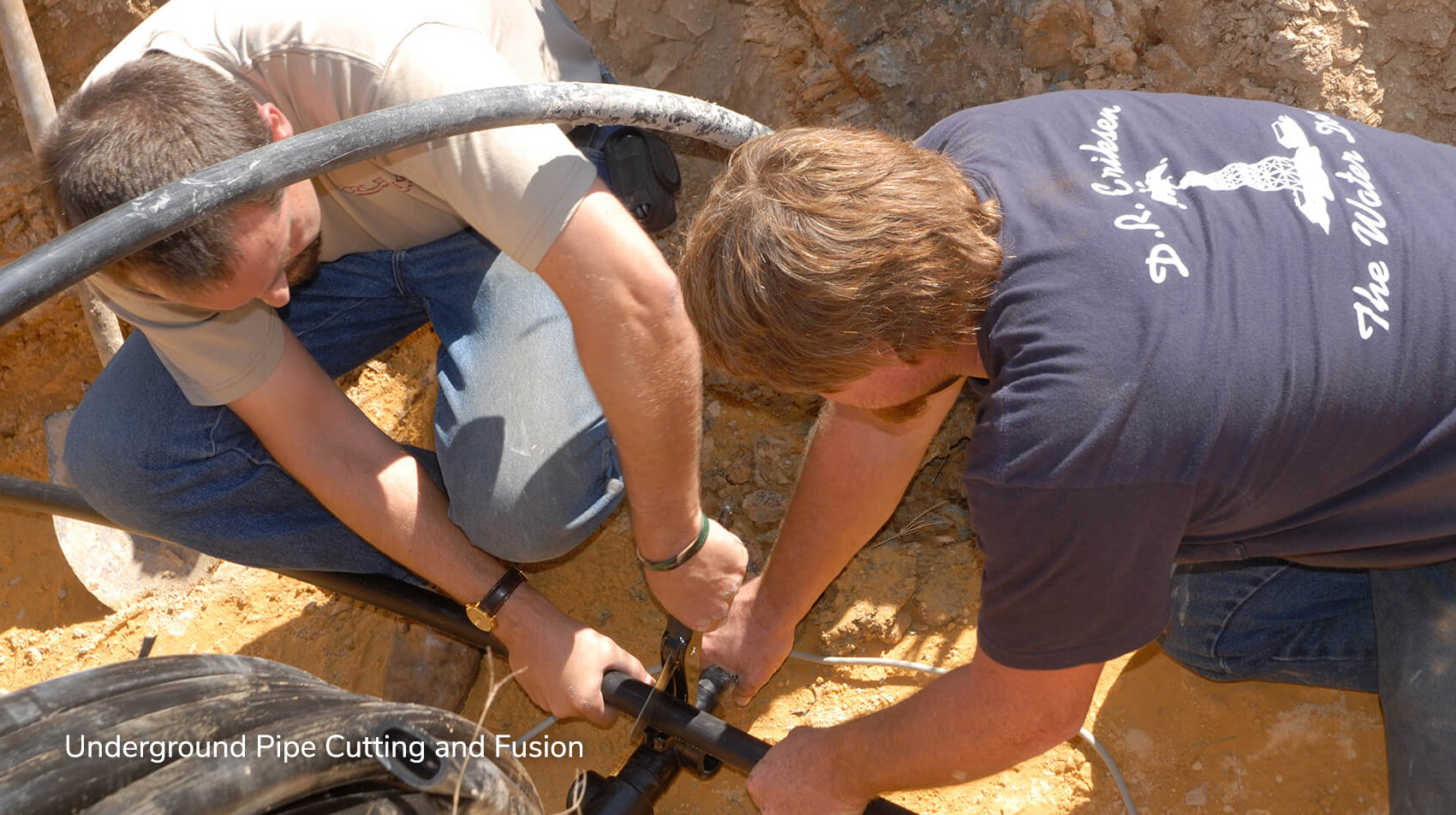
Underground Fusion and Manifolds
In professional installs, HDPE is typically fused to an underground manifold. It requires special tools and doesn't allow flexibility in controlling flow to each loop.
A solution to this would be to have both ends of the pipe loops run through the foundation into the basement to avoid having to do any fusion splices or other fittings outside that might leak. Make sure to use a hammer drill from the inside since the concrete naturally breaks outward as it exits.
In a DIY geothermal manifold 1 1/4" PVC fittings are used with individual control valves on each supply line to allow balanced coolant flow. A pre-insulated header manifold can also be purchased for the DIYer and requires no special tools. Most pre-insulated header manifolds consist of compression fittings for the ¾-inch geothermal pipe, shut ball valves, and 1 ¼-inch PVC, making the hookup of a geothermal pipe to the flow center relatively painless.
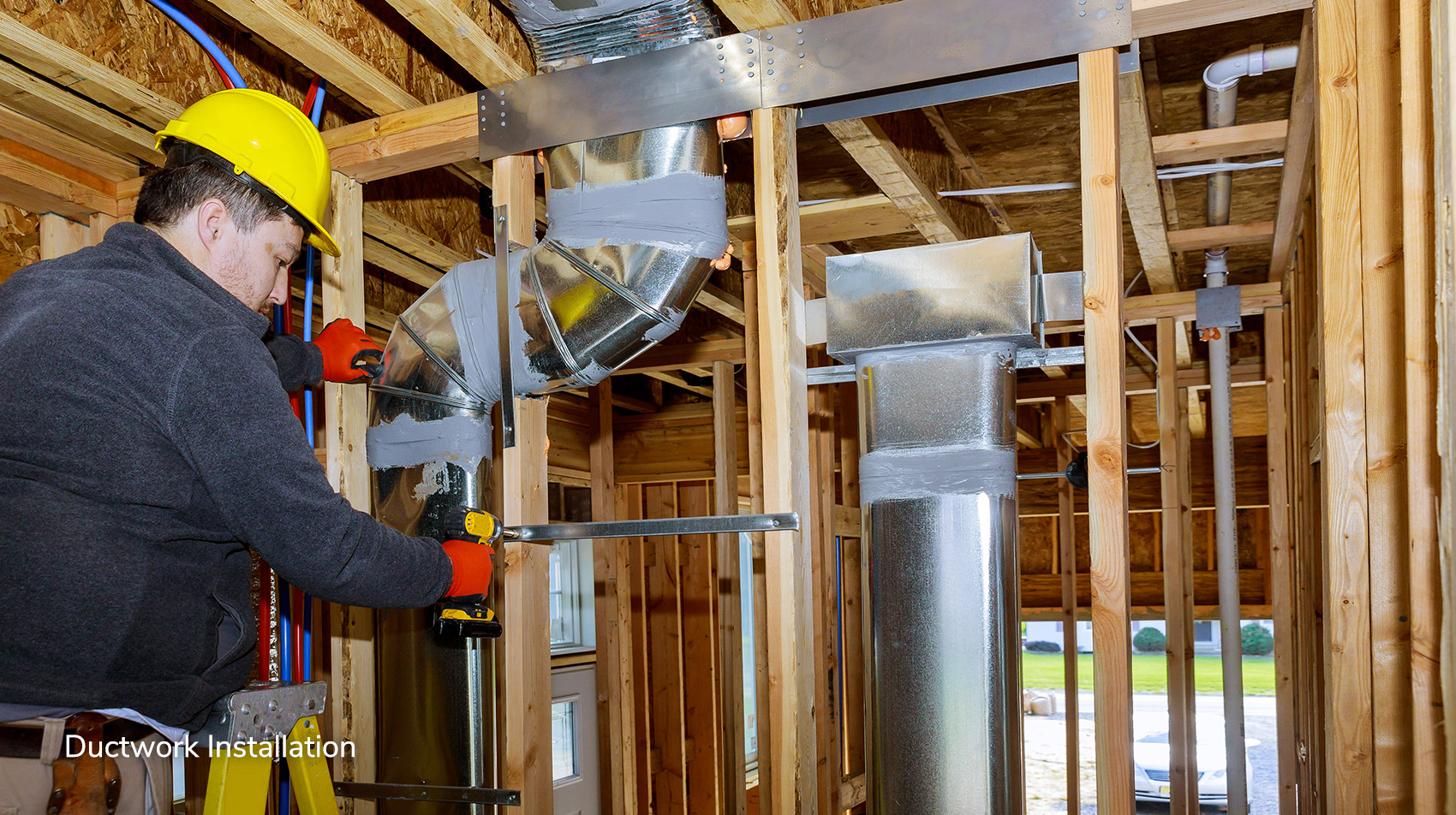
Installing Geothermal Ductwork
Whether you’re building a new space, or retrofitting a new geothermal heating and cooling system, ductwork design is very important. A poorly designed duct system can ruin the whole project, failing to allow your heat pump to perform up to its potential.
If you design your own duct system, take your time and do the calculations as accurately as you can. If the ducts are too small for the CFM required, for example, the system will be very noisy, and the air will be coming out of the registers at a high rate causing drafts. The return air portion of the system is just as important as the delivery side. This part of geothermal installation alone can be intimidating enough to deter an experienced DIYer.
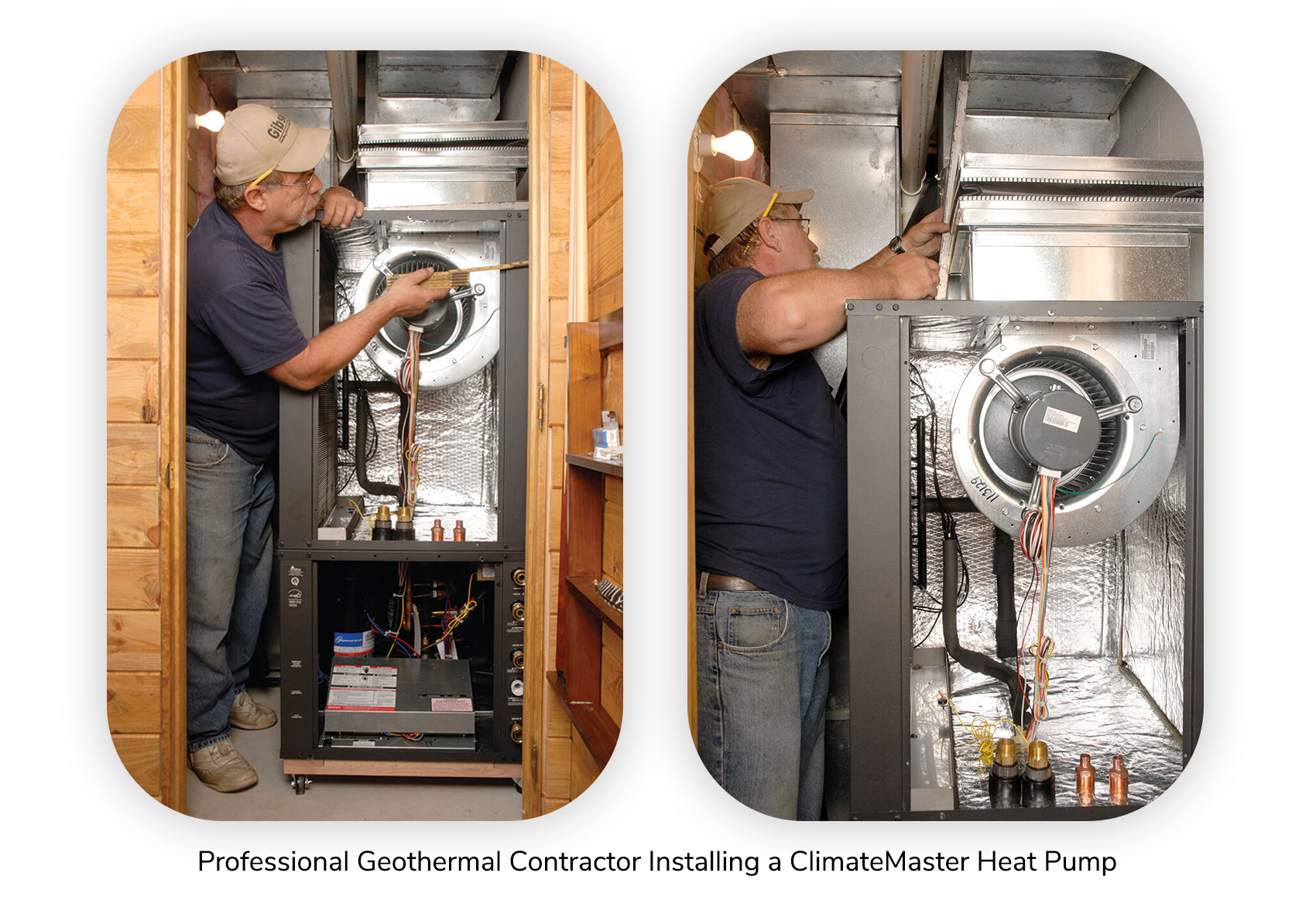
When to Call the Geothermal Experts
With geothermal, there are at least twice as many things you have to consider, making it two times as likely for there to be a mistake with installation. That’s why most people will choose to call experienced professionals for their geothermal installation needs.
And you shouldn’t have to deal with improper design, leaks, or complications with set-up if you’re going to pay someone to do it. A good contractor will show the equipment they will use, and how they will layout the underground loop.
In addition, be sure you ask for a very detailed proposal with a report showing how your unit will perform, anticipated operating costs, and what money you’re sure to save after installation. Asking if your installer is certified to weld pipes together will also ensure a level of quality you should be looking for. Be sure to confirm that their technicians carry certification cards and don’t be shy about asking about when and where their last install was. Questions like these will help you avoid installers who aren’t able to do a better job than you could have done yourself.
ClimateMaster, Inc
7300 SW 44th St
Oklahoma City, OK 73179
800.299.9747
© ClimateMaster, Inc. All rights reserved 2024


